Volunteering for Fish Tagging Programs: What to Expect
Fish tagging programs represent a vital intersection of citizen science, conservation, and hands-on marine biology experience. These initiatives enable everyday people to make meaningful contributions to scientific research that tracks fish populations, migration patterns, growth rates, and overall ecosystem health.
For ocean enthusiasts, amateur anglers, and conservation-minded individuals, participating in fish tagging volunteer work offers a unique opportunity to engage directly with marine conservation while gaining valuable skills and unforgettable experiences on the water.
Whether you’re considering volunteering for the first time or looking to expand your involvement in marine conservation, understanding what these programs entail can help you prepare for an enriching and rewarding experience that makes a tangible difference in aquatic research and conservation efforts.
The Purpose Behind Fish Tagging Programs
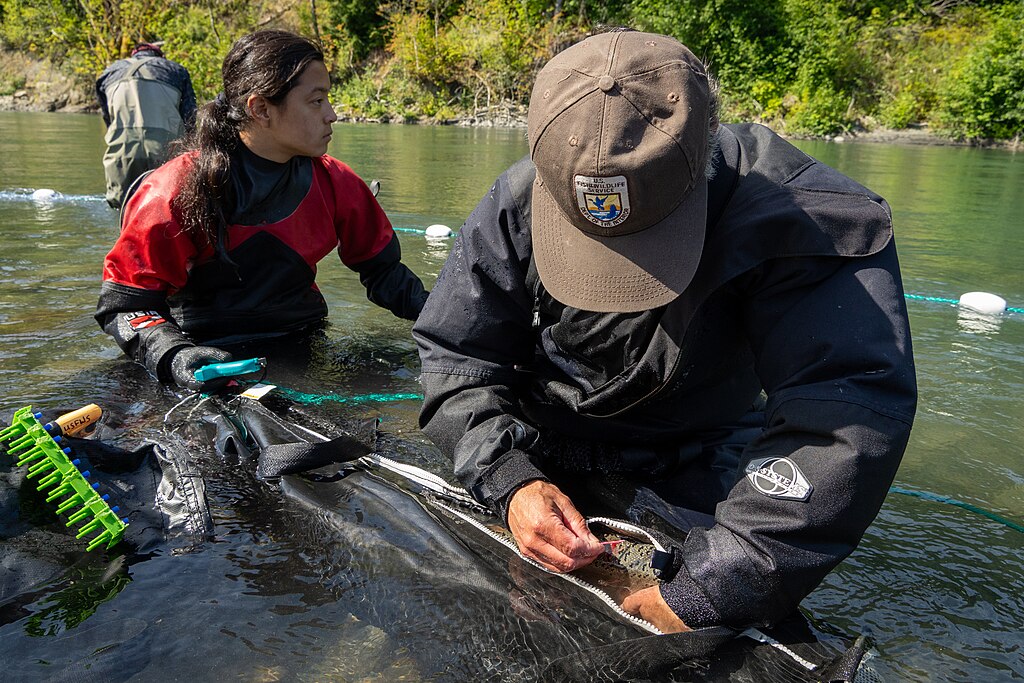
Fish tagging programs serve as critical scientific research initiatives designed to collect data on fish populations that would otherwise be impossible to gather. By tracking individual fish over time, scientists can map migration routes, identify critical habitats, determine growth rates, and assess population health with remarkable precision. These programs often represent collaborations between government agencies, research institutions, conservation organizations, and citizen scientists who collectively contribute to a more comprehensive understanding of marine ecosystems.
The data collected through tagging efforts directly informs fisheries management decisions, conservation policies, and protection measures for vulnerable species. Without the extensive network of volunteers participating in these programs, researchers would have significantly limited insight into the complex lives and behaviors of numerous fish species across vast oceanic regions.
Types of Fish Tagging Programs Available

Fish tagging programs vary considerably in their focus, methodology, and target species, offering diverse opportunities for potential volunteers.
Recreational angler programs enable fishing enthusiasts to tag and release their catches during normal fishing activities, contributing data while enjoying their hobby. More intensive research-focused programs might involve dedicated expeditions with scientists aboard research vessels, offering deeper engagement with scientific protocols and methodologies. Species-specific programs target particular fish of conservation concern, such as billfish, sharks, or endangered salmon populations.
Regional programs focus on specific bodies of water, from coastal estuaries to offshore marine sanctuaries, each with unique ecological characteristics and research priorities. The variety of programs ensures that volunteers with different interests, skills, and time commitments can find opportunities that align with their personal goals and conservation interests.
Skills and Qualifications Needed for Fish Tagging

Most fish tagging programs welcome volunteers with varying experience levels, making them accessible to enthusiastic beginners and seasoned anglers alike. Basic programs typically require no previous experience, as training is provided on proper tagging techniques, fish handling, and data collection protocols. Physical stamina is important, as volunteers often spend long hours on boats in potentially challenging weather conditions. Basic boating safety knowledge is valuable, though many programs include safety briefings as part of their orientation process.
More specialized programs may seek volunteers with specific skills such as SCUBA certification, boat handling experience, or biological sampling expertise. Above all, programs value participants who demonstrate attention to detail, commitment to following scientific protocols, and genuine enthusiasm for marine conservation work.
The Application Process
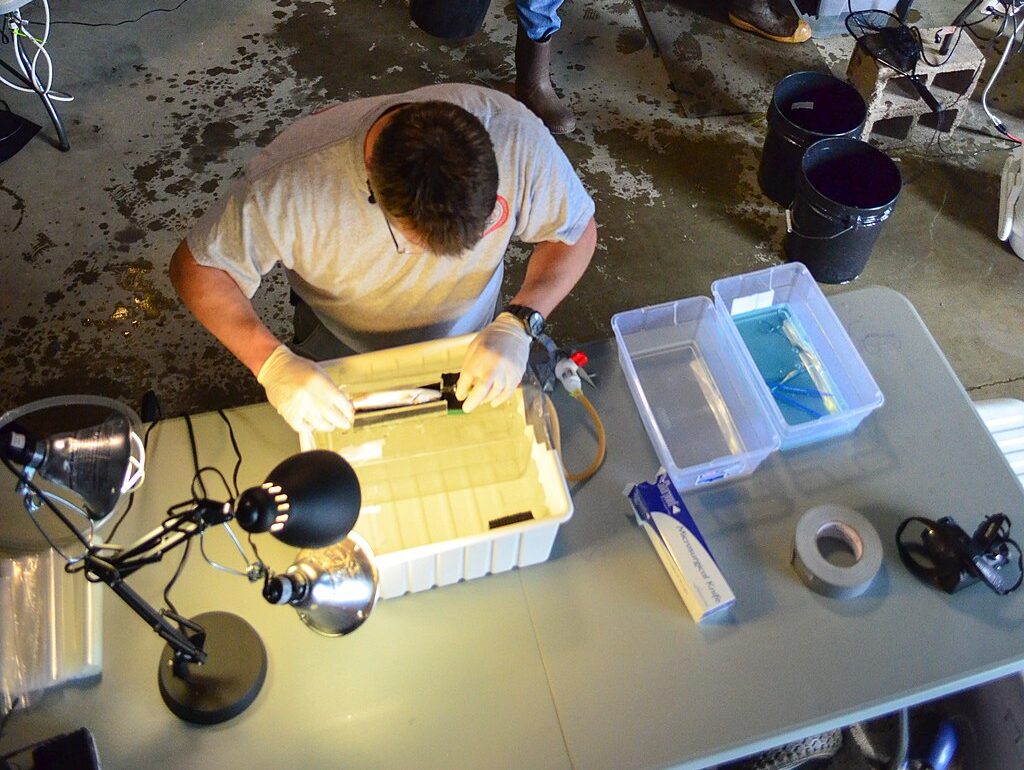
Joining a fish tagging program typically begins with a straightforward application process designed to match volunteers with appropriate opportunities. Most programs require potential volunteers to complete an online application form detailing their experience level, relevant skills, time availability, and specific interests within marine conservation. Some organizations conduct phone or in-person interviews to assess a volunteer’s understanding of the program’s goals and their compatibility with the work involved. Background checks may be required, particularly for programs that involve working with protected species or in sensitive habitats.
Many programs operate seasonally, with application deadlines several months before fieldwork begins, allowing time for selection, training, and preparation. Successful applicants typically receive comprehensive information packets that outline program expectations, required gear, and preliminary training materials before their first day on the water.
Training and Orientation
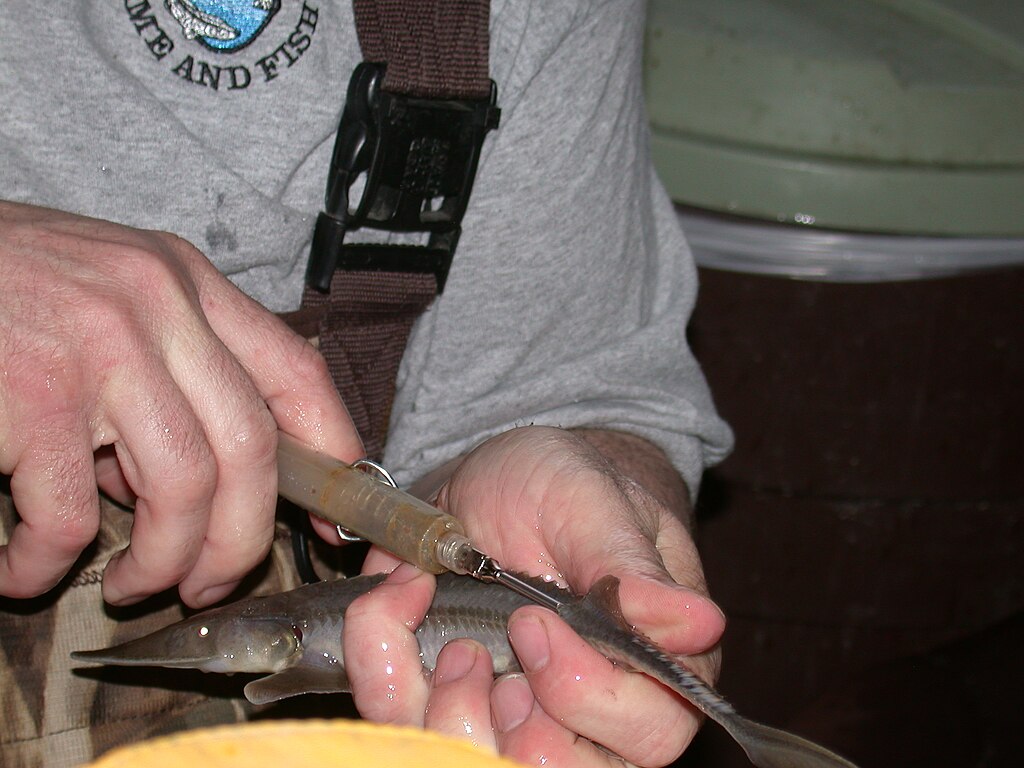
Comprehensive training forms the foundation of effective volunteer participation in fish tagging programs, ensuring data quality and animal welfare.
Initial orientation typically covers the program’s scientific objectives, target species identification, and the ecological significance of the research being conducted. Hands-on training sessions demonstrate proper tagging techniques, including tag placement specific to different species, gentle fish handling methods that minimize stress, and safe release procedures to maximize survival rates.
Data collection protocols receive particular emphasis, as volunteers learn to accurately record tag numbers, fish measurements, GPS coordinates, and environmental conditions at capture sites. Many programs incorporate animal welfare components, teaching volunteers how to recognize signs of distress in fish and appropriate intervention techniques.
Advanced training modules might include specialized techniques for biological sampling, photography documentation, or operating specific scientific equipment used during tagging operations.
Equipment and Gear Requirements
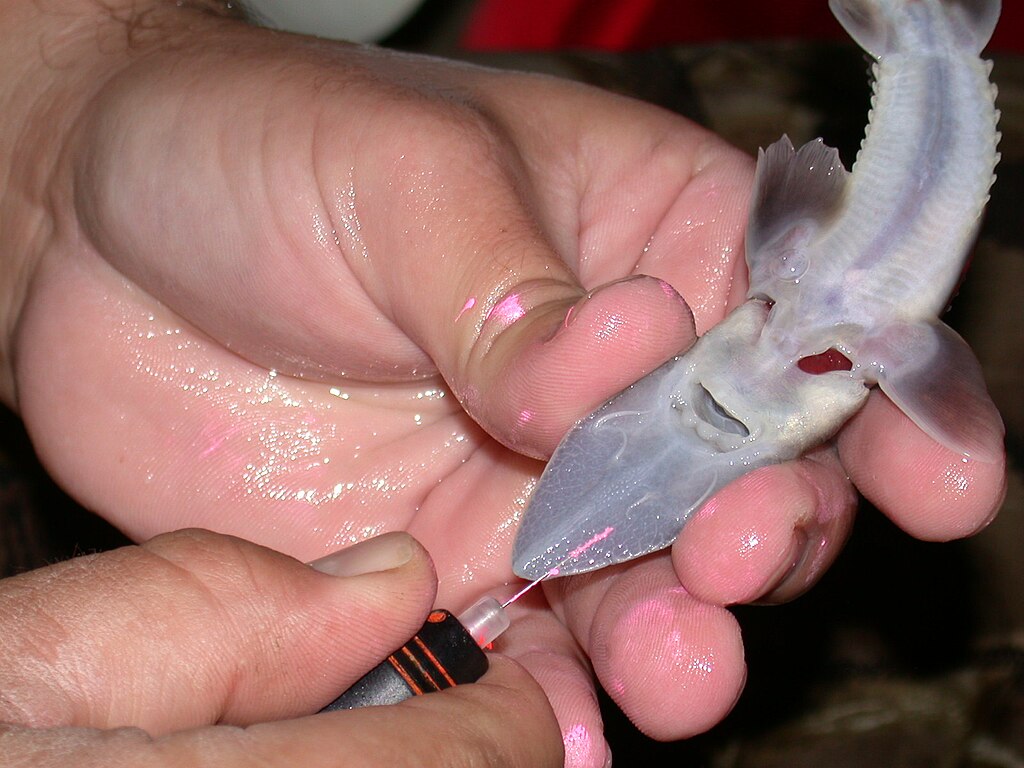
The equipment needed for fish tagging varies based on program type, location, and target species, though programs typically provide the specialized scientific tools. Programs usually supply the tagging equipment itself, including tags, applicators, measuring boards, and data recording materials. Volunteers are generally expected to bring personal items such as appropriate clothing for marine conditions, including waterproof layers, sun protection, polarized sunglasses, and non-slip footwear suitable for potentially wet boat decks.
In recreational angler programs, participants typically use their own fishing equipment, whereas research-oriented programs often provide specialized fishing gear tailored to the target species and tagging requirements. Additional recommended items typically include water bottles, high-energy snacks, motion sickness remedies, cameras (when permitted), and personal first aid supplies.
Programs operating in remote locations or extreme conditions may provide detailed equipment lists with both required and recommended items to ensure volunteer safety and comfort during extended field operations.
A Typical Day in the Field

Fish tagging expeditions typically begin early, with teams assembling before dawn to prepare equipment and receive briefings on the day’s objectives and conditions.
Morning activities often include setting up tagging stations on the boat, reviewing data collection forms, and establishing the day’s search pattern based on recent fish sightings or historical data. The core of the day involves actively searching for target species, which may include trolling, casting, or setting specific gear types depending on the program and species targeted.
When fish are caught, volunteers work in coordinated teams – some handling the fish, others applying tags, while others record essential data such as length, estimated weight, sex (if determinable), condition, and precise location information. Breaks during the day allow for meals, hydration, and rest while continuing to scan for fish activity or moving to new locations.
Days typically conclude with a thorough cleaning of equipment, organization of collected data, and often a debrief session where the day’s findings are preliminarily reviewed and cataloged before returning to shore.
Fish Handling and Tagging Techniques
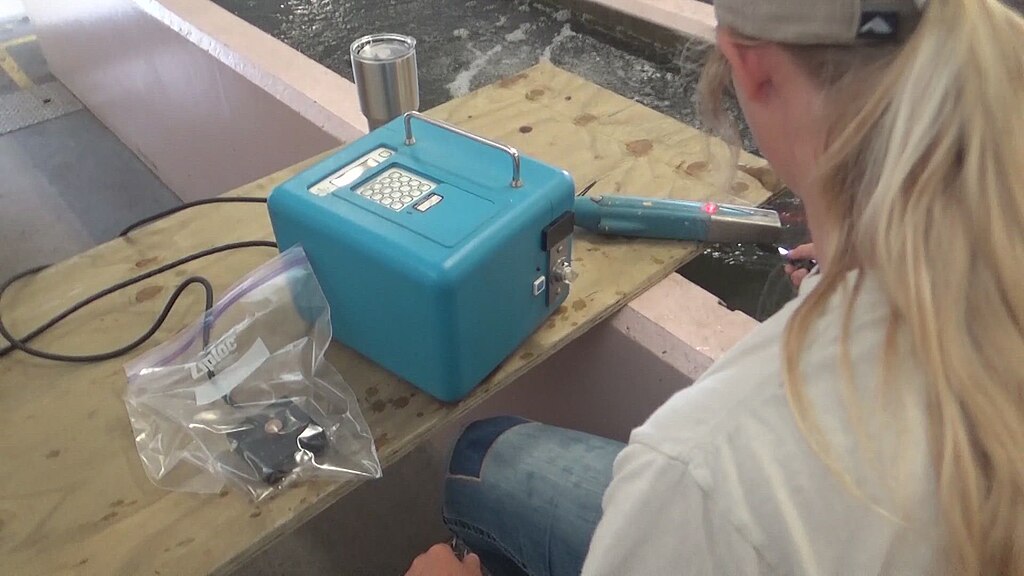
Proper fish handling represents one of the most critical skills volunteers must master to ensure both research quality and fish welfare during tagging operations. Volunteers learn species-specific handling techniques that minimize stress and physical damage, such as supporting larger fish horizontally rather than vertically to prevent internal organ damage.
Tagging procedures vary by tag type—simple external dart tags require different application techniques than more complex acoustic or satellite tags that may involve minor surgical procedures conducted by trained personnel. Time management becomes crucial during the tagging process, with teams working efficiently to minimize the fish’s time out of water, often using flow-through water systems or wet towels to keep gills moist during the procedure.
Volunteers are trained to recognize signs of excessive stress in fish and understand when to prioritize immediate release over completing all measurements if an animal appears significantly compromised. Post-release observation often forms the final step, with teams monitoring tagged fish until they swim strongly away, noting any unusual behavior that might affect survival or tag retention.
Data Collection Responsibilities
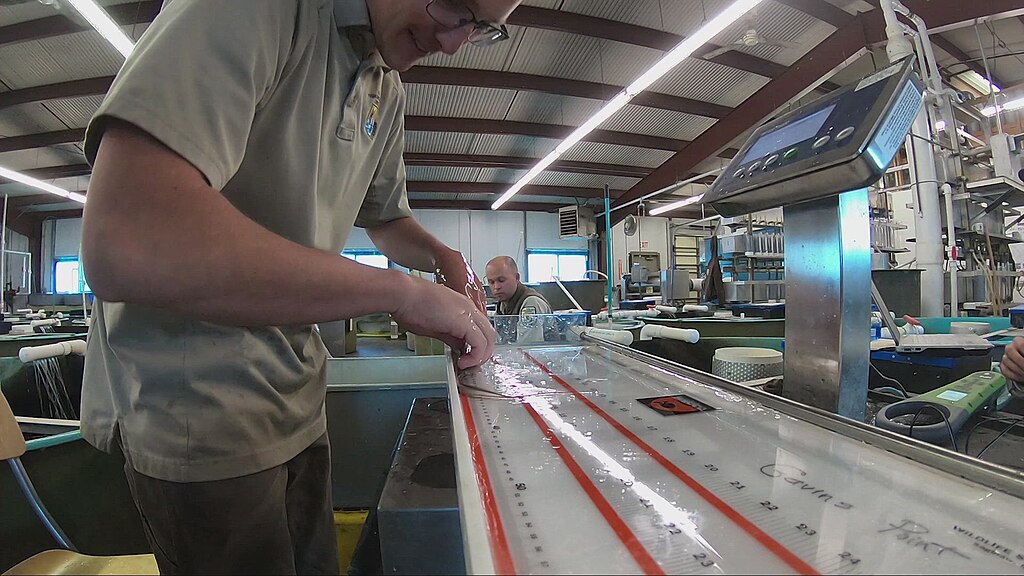
Accurate data collection forms the scientific heart of fish tagging programs, with volunteers playing a crucial role in maintaining research integrity. Each tagging event generates multiple data points that must be recorded with precision, including the unique tag number, species identification, physical measurements, capture method, water depth, GPS coordinates, water temperature, and visible health indicators of the fish. Volunteers often rotate through data recording responsibilities, using waterproof data sheets, tablets with specialized apps, or dictation to designated recorders depending on the program’s protocols.
Photographic documentation frequently supplements written records, with standardized photos taken of the fish, the tag placement, and any distinguishing features or abnormalities that might be relevant to researchers. Environmental observations beyond the immediate tagging event, such as presence of prey species, weather conditions, or unusual ecological phenomena, provide valuable context that volunteers are encouraged to document.
At the end of the day, data verification procedures help identify potential errors or inconsistencies before the information is formally submitted to the research database, ensuring the scientific validity of the volunteer-collected information.
Physical Demands and Challenges of Fish Tagging

Fish tagging volunteer work can be physically demanding, requiring stamina and adaptability to sometimes challenging conditions at sea. Volunteers typically spend long days on boats, often 8-12 hours, dealing with variable weather conditions ranging from intense sun exposure to wind, rain, and rough seas that can contribute to fatigue and seasickness.
The work involves periods of physical exertion when handling and tagging larger fish species, which might weigh anywhere from several pounds to hundreds of pounds depending on the program’s target species. Maintaining balance on moving vessels while performing precise tagging procedures demands good coordination and core strength, particularly in choppy conditions.
Environmental challenges can include temperature extremes, from cold, wet conditions in northern waters to intense heat and humidity in tropical programs, requiring appropriate clothing, hydration, and sun protection strategies. Despite these challenges, most volunteers find that proper preparation, gradual conditioning to boat environments, and the excitement of the work itself help them adapt to the physical demands of the experience.
Safety Considerations
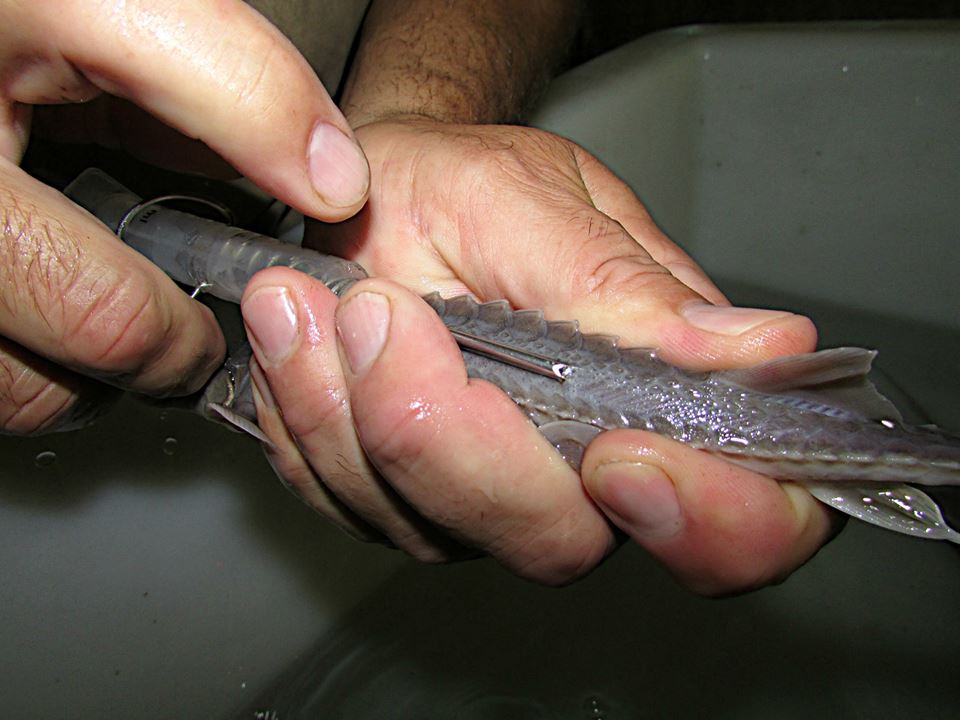
Safety protocols form a non-negotiable foundation of all reputable fish tagging programs, with comprehensive measures to protect both volunteers and the marine life they handle. Boat safety briefings begin each expedition, covering emergency procedures, life jacket requirements, man-overboard protocols, and communication systems used on board. Hook and sharp object safety receives particular emphasis, as tagging involves working with various pointed implements including hooks, needles, and tagging applicators that pose puncture risks.
Programs establish clear procedures for handling larger or potentially dangerous species such as sharks, billfish, or rays, often requiring specialized training or limiting certain handling tasks to experienced team members. Weather monitoring continues throughout expeditions, with clear thresholds for when deteriorating conditions necessitate returning to port regardless of research goals.
First aid supplies and training are standard components of programs, with at least one team member typically certified in first aid and familiar with treating common marine-related injuries such as hook punctures, jellyfish stings, or sun exposure problems that might occur during fieldwork.
The Rewards of Participation

Beyond contributing to science, fish tagging volunteers frequently describe their participation as personally transformative and deeply rewarding. Many volunteers experience profound educational benefits, gaining firsthand knowledge of marine biology, fisheries science, and conservation challenges that transcends what can be learned from books or classrooms.
The hands-on nature of the work fosters powerful connections to marine ecosystems, often leading to a deeper personal commitment to ocean conservation that extends beyond the volunteer experience itself. Social connections formed during intensive fieldwork frequently develop into lasting friendships and professional networks united by a shared passion for marine conservation. The tangible impact of the work becomes evident when volunteers see their data contributing to published research, management decisions, or conservation success stories for the species they’ve helped tag.
For many participants, the combination of purposeful action, scientific contribution, skill development, and memorable wildlife encounters creates an experience that ranks among their most meaningful forms of environmental engagement.
Long-term Engagement Opportunities
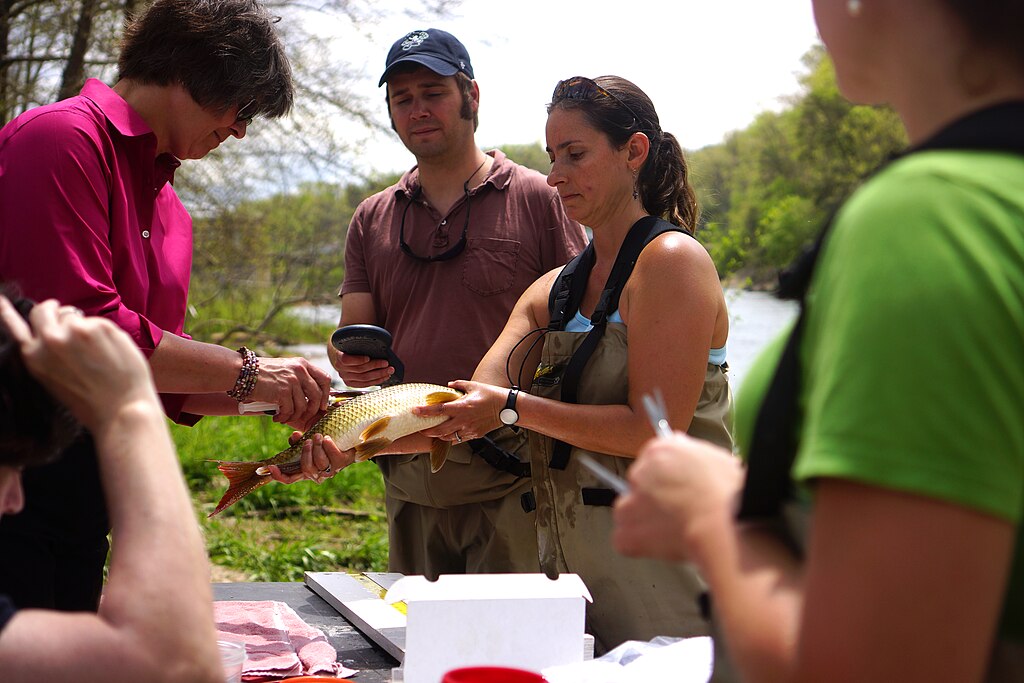
Many fish tagging programs offer pathways for increasing involvement beyond initial volunteer experiences. Dedicated volunteers often progress to team leader positions, helping coordinate field operations, mentor newcomers, and take on greater responsibility for data quality and team safety. Advanced training opportunities allow experienced volunteers to learn specialized techniques such as biological sampling, acoustic tag implantation, or satellite tag programming that expand their contribution to research efforts.
Multi-year commitment options enable volunteers to track specific populations over time, providing valuable continuity to long-term monitoring projects while deepening their own understanding of seasonal and annual patterns. Some organizations create citizen science progression tracks where committed volunteers gradually take on more sophisticated research roles, eventually contributing to data analysis, report writing, or community education components of the program.
For students or career-changers, these escalating engagement opportunities can build impressive skills and connections that support professional development in marine biology, fisheries management, or conservation fields.
Conclusion
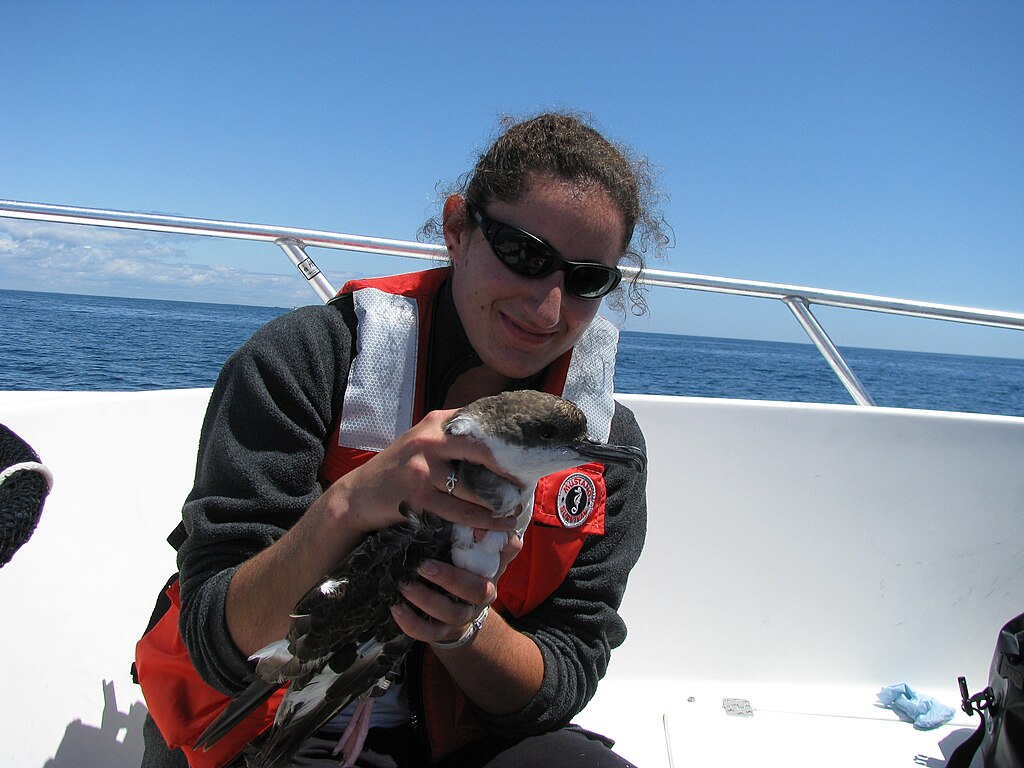
Volunteering for fish tagging programs offers a unique blend of adventure, education, and meaningful conservation impact that attracts participants from all walks of life. These programs transform everyday citizens into valuable contributors to marine science while providing experiences that connect people deeply with ocean ecosystems.
The combination of hands-on work with marine species, contribution to cutting-edge research, and collaboration with like-minded conservation enthusiasts creates memories and skills that last far beyond the volunteer experience itself. As marine environments face mounting pressures from climate change, overfishing, and habitat degradation, the data collected through these volunteer programs becomes increasingly vital to effective conservation and management responses.
For those willing to embrace the challenges of fieldwork, fish tagging volunteering offers a tangible way to move beyond concern for marine ecosystems into direct, positive action that makes a measurable difference in understanding and protecting the ocean’s remarkable diversity.
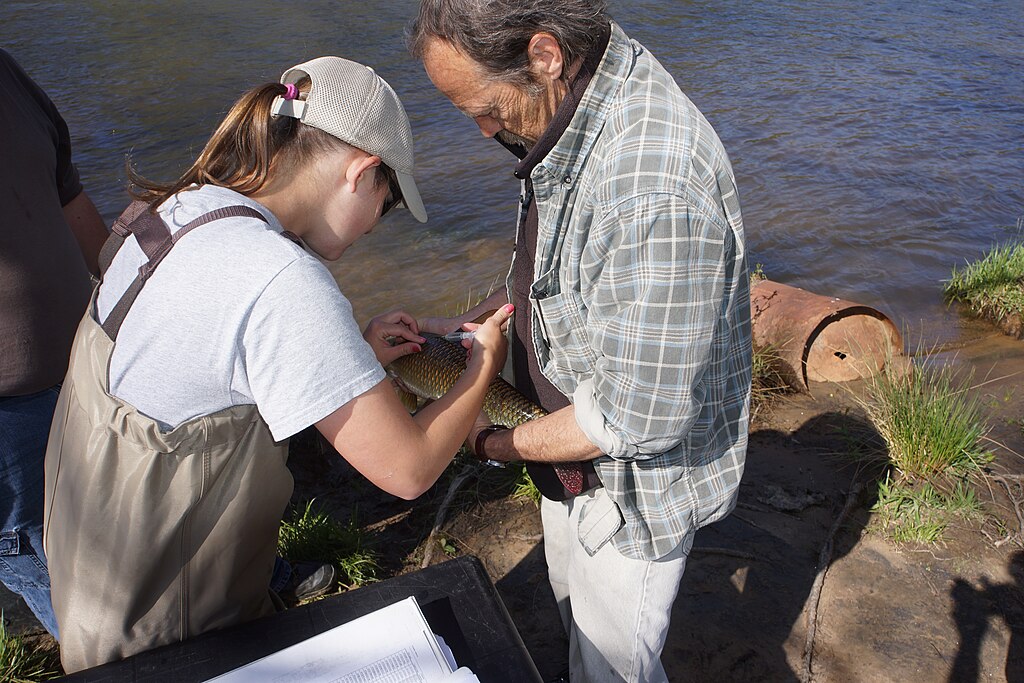
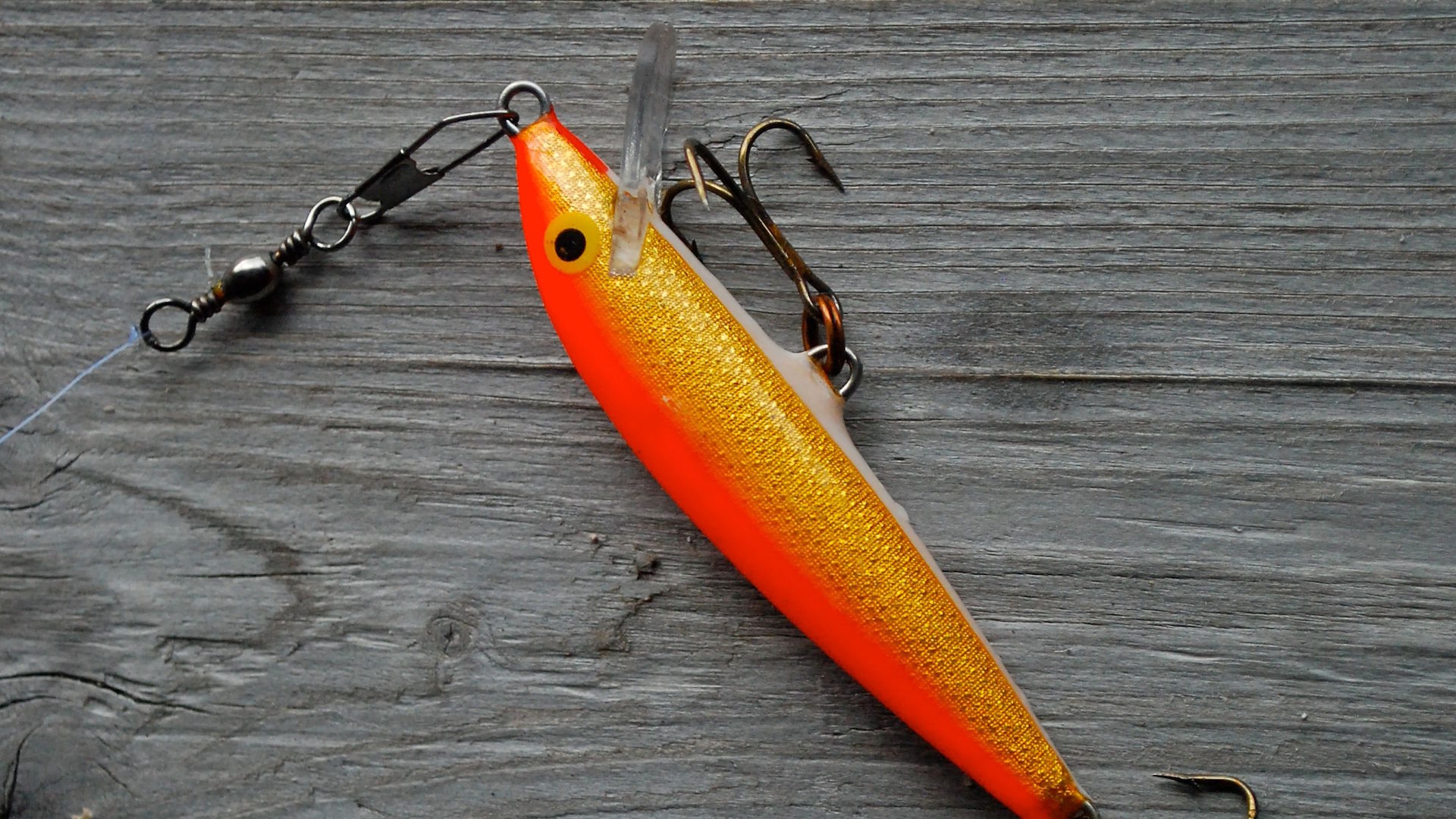












Post Comment